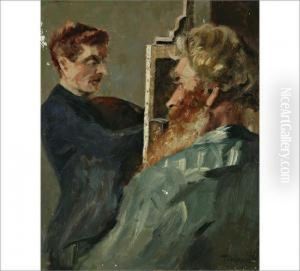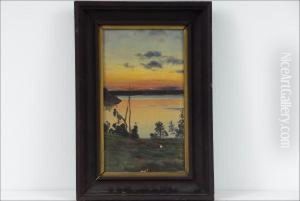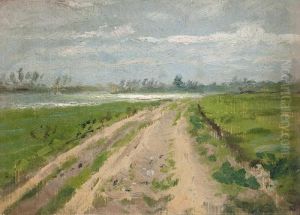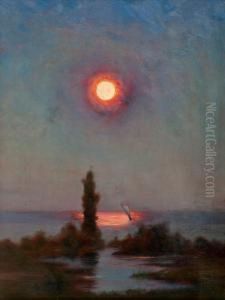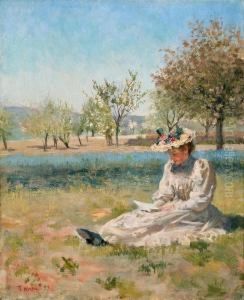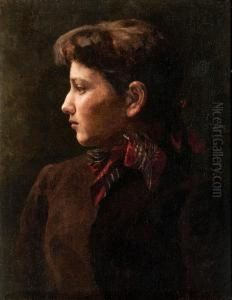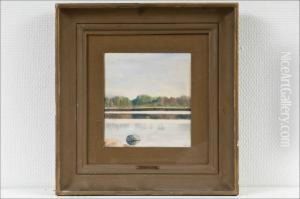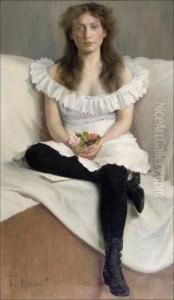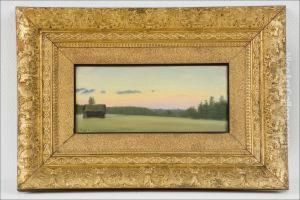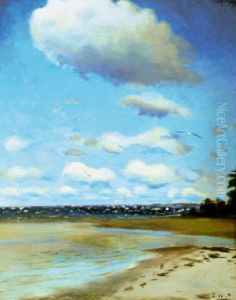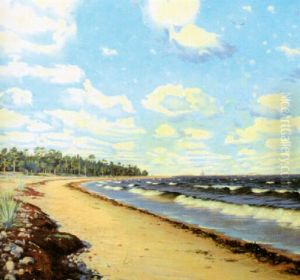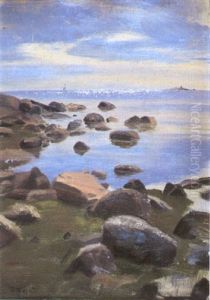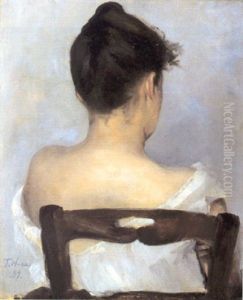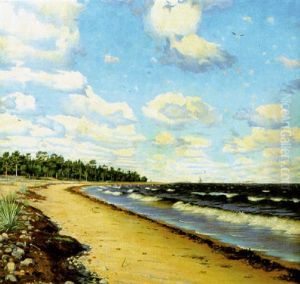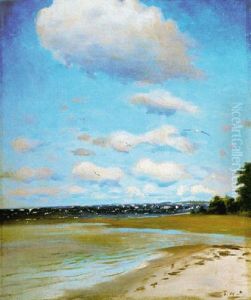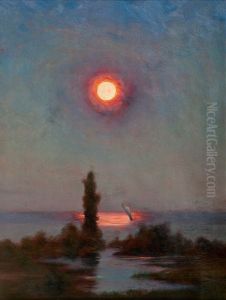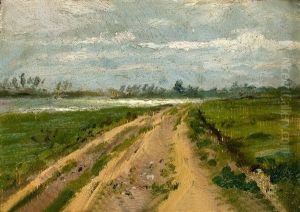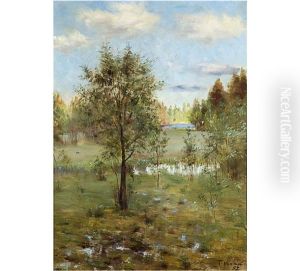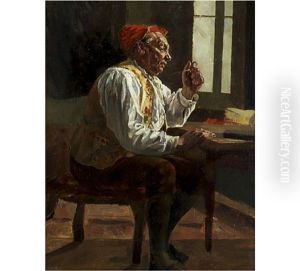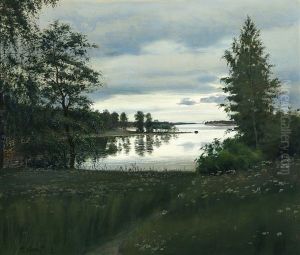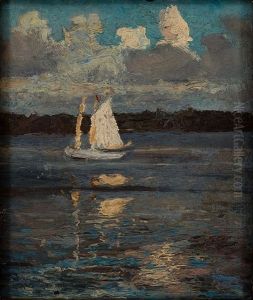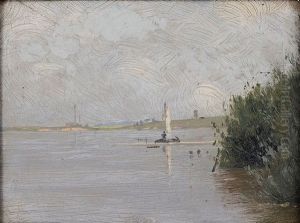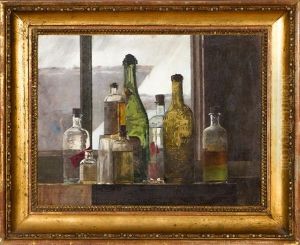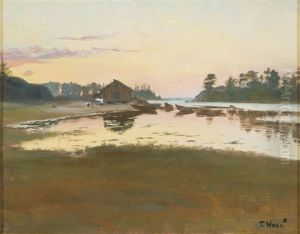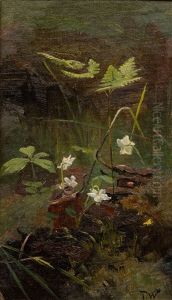Torsten Wasastjerna Paintings
Torsten Wasastjerna was a Finnish painter born on May 20, 1863, in Helsinki, which at the time was part of the Grand Duchy of Finland within the Russian Empire. His full name was Karl Torsten Wasastjerna, and he is known for his role in the Finnish art scene during the late 19th and early 20th centuries. Wasastjerna's artistic journey began at a young age, and he was recognized for his talents early on, which led him to study art formally.
He began his formal art studies at the Drawing School of the Finnish Art Society, which was a significant institution in Finnish art education during that time. Later, he expanded his education abroad, which was a common practice among Finnish artists seeking to gain exposure to the wider European art scene. Wasastjerna studied in Paris at the Académie Julian, a private art school that was popular among international students, including many from the Nordic countries. During his time in Paris, he was exposed to the latest artistic movements and techniques, which influenced his style and approach to painting.
Torsten Wasastjerna's artistic work is characterized by his landscapes and portraiture. His landscapes often depicted Finnish nature, capturing the unique qualities of light and atmosphere found in the Nordic environment. These works contributed to the national romantic movement that was prominent in Finland at the time, a movement that emphasized the beauty and uniqueness of the Finnish landscape and culture. Wasastjerna's portraiture, on the other hand, reflects his ability to capture the character and essence of his subjects with sensitivity and depth.
Throughout his career, Wasastjerna participated in numerous exhibitions, both in Finland and abroad, and his work was well received by critics and the public alike. He was part of a generation of Finnish artists who contributed to the cultural and national identity of Finland, which was striving for independence from Russia during his lifetime.
Torsten Wasastjerna's contributions to Finnish art were cut short by his untimely death on April 9, 1924, in Helsinki. Despite his relatively short life, his work has left a lasting impact on Finnish art history and continues to be celebrated for its beauty and cultural significance. His paintings can be found in various Finnish museums and collections, where they serve as a testament to his artistic legacy.
